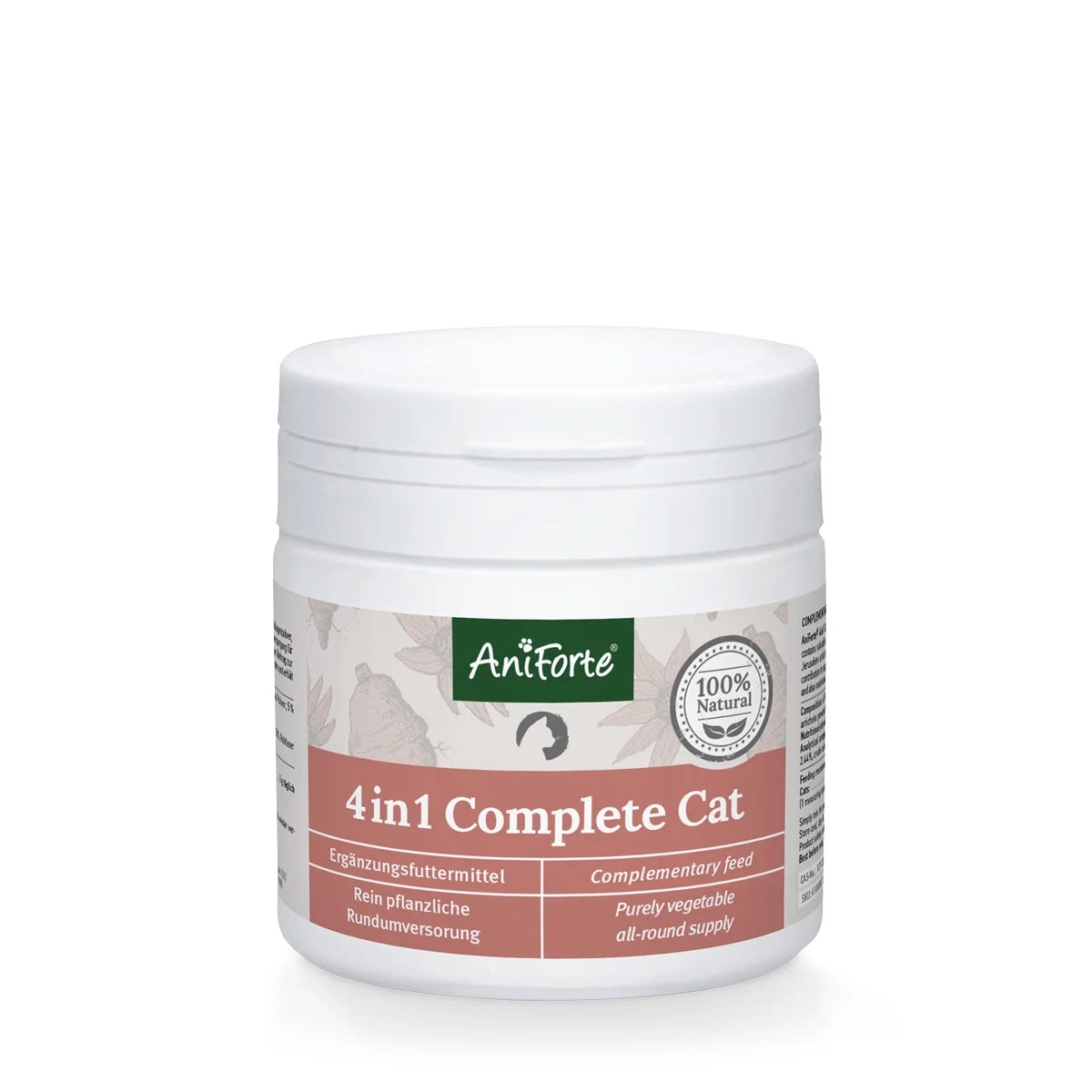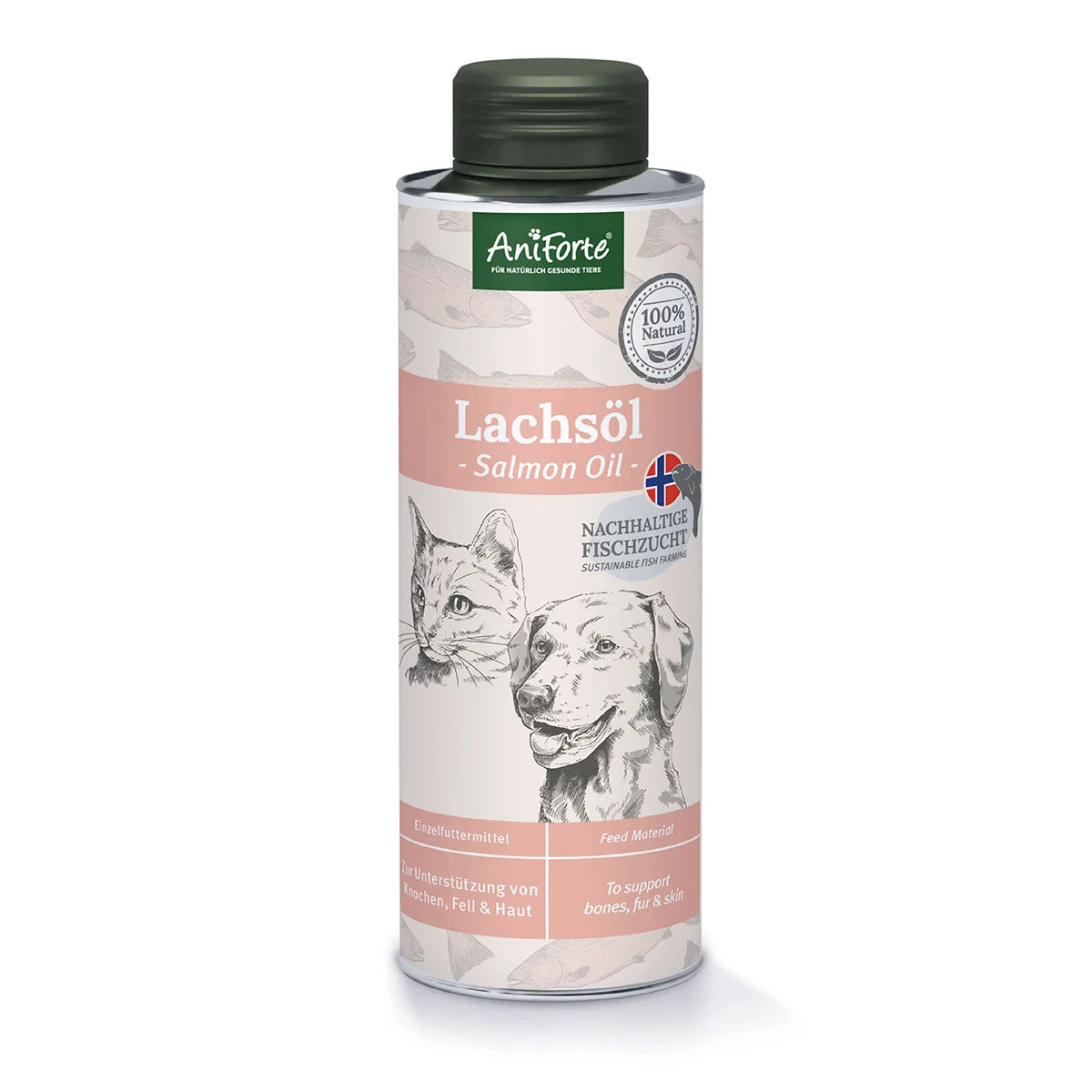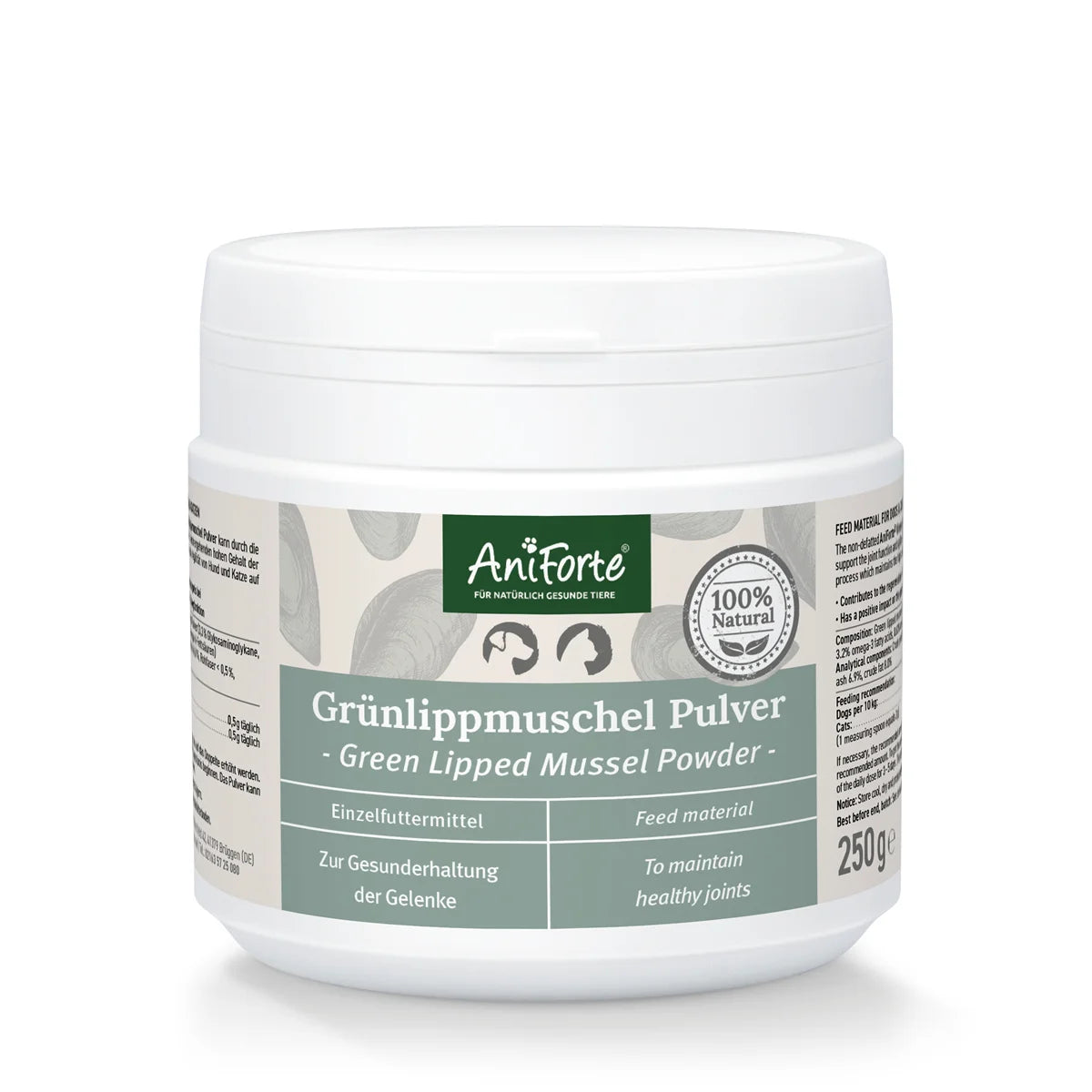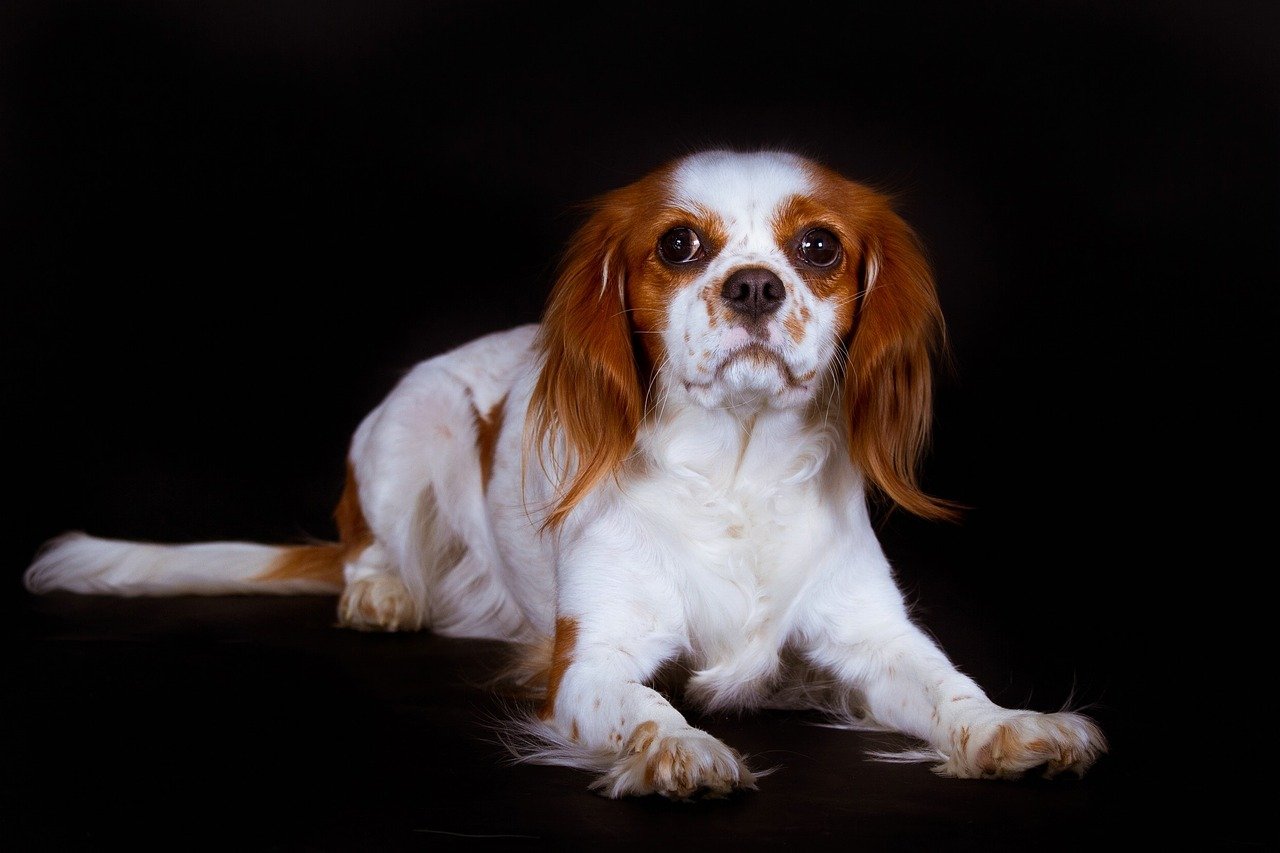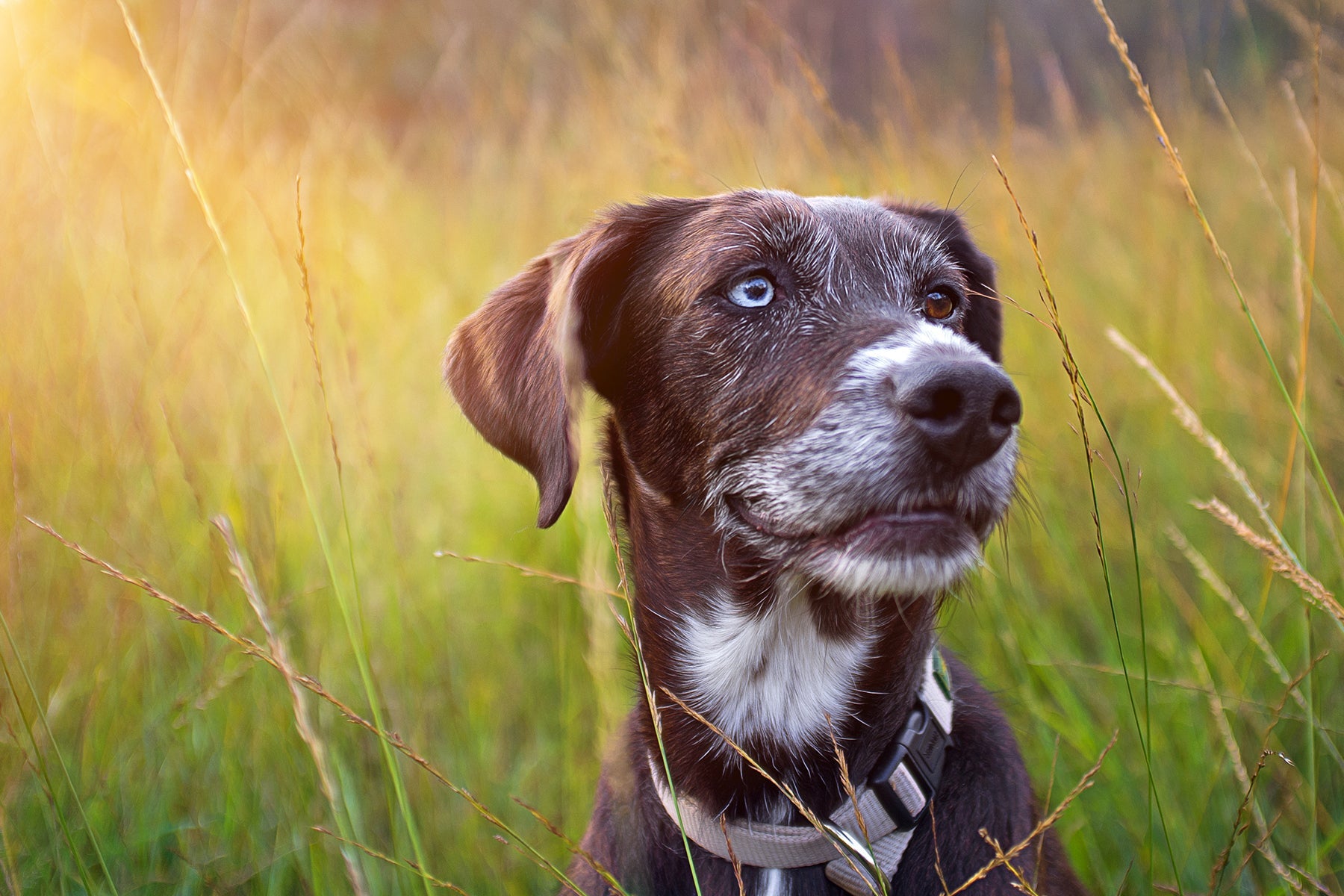
Are you looking for a sporty and agile companion who is also loyal and easy to care for? In that case you are exactly right with the Australian Kelpie. This Australian dog breed is not very popular, but this breed has a lot to offer. Find out more about the sheep-loving Australian Kelpie and whether this dog breed suits you.
What does the Kelpie look like?
The Kelpie is one of those dogs that have a very thick but short top coat. The fur on the neck is a little longer, so it looks as if the Kelpie is wearing a kind of fur collar. The Kelpie comes in many color combinations: black, white, brown, or tan are the most common color combinations, and the rare smoky blue fur color is particularly unusual.
The Kelpie has a muscular and streamlined body, so he can pick up a very high speed and implement sudden changes of direction without any problems. As a rule, the dogs of this breed are between 43-50 cm tall, have a pointed nose and erect ears. The tail is bushy and lifts up when the dog is active or excited. Otherwise it rests in a slightly drooping state.
The Kelpie has an attentive look, because as the guardian of thousands of sheep, nothing should escape him.
Breed Origin - Australian Kelpie vs. Working Kelpie
The Kelpie, who looks similar to the German Shepherd, hails from Australia and is mainly used in herding in his home country. The dog breed arises from a cross between the English-Scottish breed of "Working Collies" and originated around 1870. The dogs took part in Australian competitions from an early age and received numerous awards. Twenty years later, the sturdy working dogs were common across Australia.
Since from the beginning the Kelpies were bred very close, hardly contains any mixed breeds. If it ever happened, the basic line of the breed was returned to quickly.
There are now two strands of this breed: the Working Kelpie and the Australian Kelpie. While the Working Kelpie is specially bred for high work performance, the Australian Kelpie is more at home in active dog sports. The breeding of the Australian Kelpie is regulated and monitored by the FCI, the line of the Working Kelpie is controlled by The Working Kelpie Council of Australia. Since the characteristics of the Working Kelpies have been strictly maintained, the Kelpies are one of the few breeds whose origins can be traced back to the first population in the 1870s.
The main task of the Working Kelpie was originally to tend large flocks of sheep in the Australian wilderness. The herds were often the size of 10,000 sheep. This work would have otherwise needed to be done by several men simultaneously. The Kelpie was of great help because of his nature. He was specifically bred for the harsh Australian conditions: heat, inaccessible areas, sandstorms and huge distances are his daily work conditions. Even today, the Kelpie is one of the most common herding dogs in Australia.
Character - traits and upbringing of the herding dog
The Kelpie is a working dog through and through. Driving and mending is in his genes and is also his great passion. It is even rumoured that without this work the Kelpie becomes depressed and loses the joie de vivre.
Although these tendencies are no longer as pronounced in the Australian Kelpie, both strands of this dog breed must be kept busy.
The Kelpie is a very independent dog, he needs lots of exercise and can cope with problems without help. Physical as well as mental work is extremely important for these dogs, and they have to be exhausted regularly. With a gentle and clear hand, the Kelpie becomes a loyal and sensitive companion.
Character traits:
- attentive
- eager
- very intelligent
- obedient and faithful
- energetic
- gifted as a herding dog
- very eager to learn
Will the Australian Kelpie suit me?
While the Working Kelpie belongs on a farm as a working animal, where he can pursue his passion for sheep herding, the Australian Kelpie can also be kept as a house dog. His urge to work is not as strong and the heard leader instinct has also diminished.
Nevertheless, the Kelpie needs a lot of attention, time and intensive training. This bundle of energy loves free exercise and long walks. Kelpies finds regular jogging laps with sprinting even more exciting. Sufficient movement for the muscular body of your four-legged friend is not enough. His pronounced intelligence, eagerness to learn and creativity also need to be promoted. Spiritual support is simply part of keeping a Kelpie.
If the dog owner meets the needs of this dog breed, the Australian Kelpie reciprocates with loyalty, cuddling and a lot of gentleness. He builds an intense relationship with his favourite people and likes to be led and guided by them.
Because of its penchant for herding and driving, this dog breed is particularly fond of barking. So don't be alarmed if the greeting gets a little louder.
Typical diseases
Generally, Kelpies are one of the tough and healthy dog breeds. Few diseases are inheritable through breeding. Typical canine diseases such as hip and elbow dysplasia, but also susceptibility to eye diseases such as progressive retina abiotrophy (PRA) are rare in this breed.
However, Kelpies can bring genes for cerebellar abiotrophy (CA) with them. It is an incurable disease that has symptoms such as ataxia, movement disorder, impaired coordination, tremors, nodding head, and problems with eating, drinking and jumping. The special forms of this disease only occur in this breed and in crosses with Border Collies or Koolies. According to the current scientific status, this disease is incurable and has the origin of a genetic defect that only occurs in this breed.
Care and nutrition
The Australian Kelpie is an easy-to-care-for dog. His robust fur protects him from harsh weather conditions and due to its density is water and dirt repellent. If your four-legged friend has romped in the mud, his fur can be cleaned with a plant-based shampoo for dogs.
Since Kelpies like to be outside in nature, you should pay attention to an active parasite protection. Tick remedies for dogs, flea remedies and mite sprays are simply part of the ongoing prevention to keep annoying pests away from your dog.
Regular vaccinations and deworming should be just as important for Kelpies of both breeds as for other dogs.
The Kelpie diet is also unproblematic. The breed is not prone to intolerance or allergies. However, this bundle of energy needs a diet that is adapted to his urge to move to prevent any deficiencies. Your Kelpie should be fed a very balanced diet. Use natural dog food with high protein content.
Conclusion
The Australian Kelpie is not a dog you can make into a couch potato. He was bred for hard work and persistent sheep herding and driving. These breed-specific characteristics are much more pronounced in the Working Kelpie than in the Australian Kelpie. However, both still have in common that they require lots of exercise, time and attention. This dog breed is easy to care for and the short, thick coat is naturally very resistant and dirt-repellent.
With the Australian Kelpie, you will definitely bring a loyal and very intelligent companion into your home.

